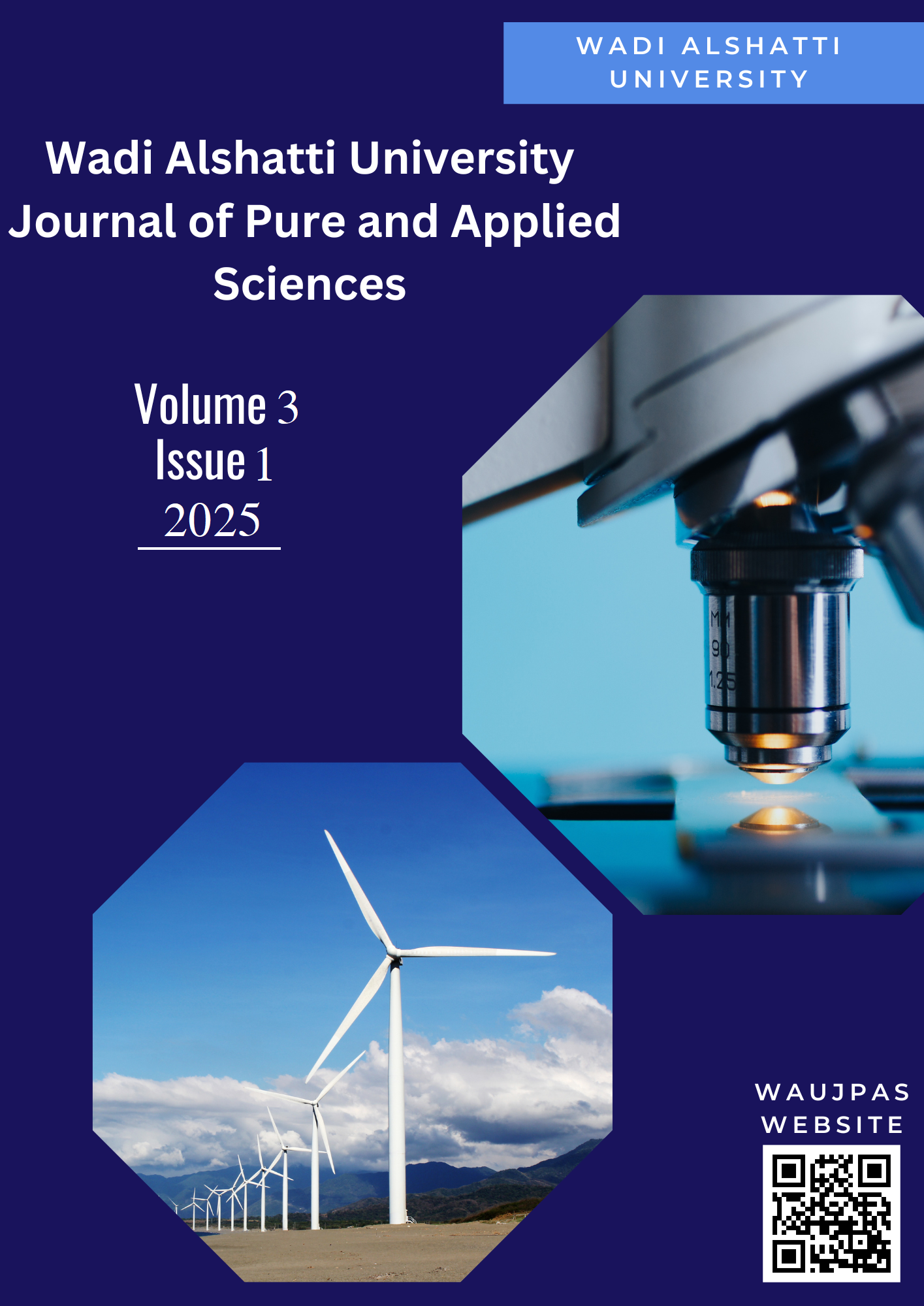Design and Optimization of Low Power Microstrip Patch Antennas for Enhanced Short-Range Wireless Communications
DOI:
https://doi.org/10.63318/waujpasv3i1_24Keywords:
Microstrip Patch Antenna, Short-Range Communication, Low-Power Transceiver, CST Studio, VSWR, ISM BandAbstract
Microstrip patch antennas have become pivotal in modern wireless communication due to their
compactness, light weight, and ease of integration. This study presents the design and optimization
of a low-power, slotted microstrip patch antenna operating at 2.4 GHz within the ISM band,
particularly suited for short-range wireless communication systems such as Bluetooth, Wi-Fi,
NFC, and IoT devices. Employing a Rogers RT 5880 substrate (εr=2.2, tanδ=0.0009), the design
introduces strategically positioned slots to enhance critical antenna parameters including
impedance matching, VSWR, gain, and directivity. Using CST Studio Suite for electromagnetic
simulation, significant performance improvements were demonstrated. Specifically, the slotted
antenna achieved an exceptionally low reflection coefficient (S11) of -53.698 dB at a resonant
frequency of 2.3848 GHz, with a Voltage Standing Wave Ratio (VSWR) of 1.0041, indicating
superior impedance matching. The resulting antenna provided optimized performance metrics: a
gain of approximately 7.284 dBi and directivity of 7.953 dBi, signifying highly efficient radiation
characteristics. The findings confirm that integrating slots into microstrip patch antennas notably
enhances antenna performance, making this design particularly advantageous for low-power
applications in dense wireless environments.
Downloads
Downloads
Published
Issue
Section
License

This work is licensed under a Creative Commons Attribution-NonCommercial 4.0 International License.
This journal uses Creative Commons Attribution-Noncommerical 4.0 International License (CC BY-NC 4.0), which permits use, sharing, adaptation, distribution and reproduction in any medium or format, as long as you give appropriate credit to the original author(s) and the source, provide a link to the Creative Commons license, and indicate if changes were made. To view a copy of this license, visit https://creativecommons.org/licenses/by-nc/4.0/.
Copyright of articles
Authors retain copyright of their articles published in this journal.





